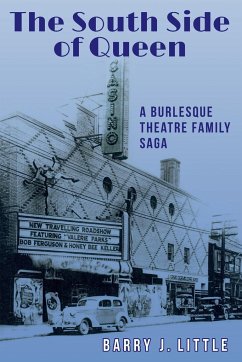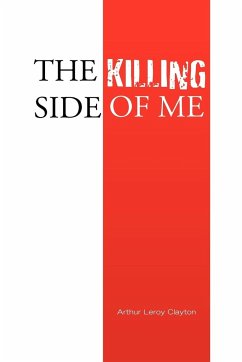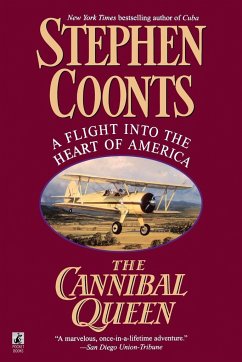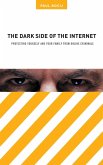Set in the first half of the twentieth century in Toronto and framed as a murder mystery,The South Side of Queen is the saga of two burlesque theatres and the family that owned and operated them. Both the Roxy and Casino Theatres were located on the south side of Queen Street, just steps away from Toronto's Old City Hall. In 1935, it was at the Roxy that its proprietor and the family patriarch, Avner Appleby, was murdered - one of the city's unsolved homicides. The Casino opened in 1936, changing its program from burlesque to vaudeville and family entertainment acts several times before closing in the early 1960s. Notable burlesque performers included such greats as strippers Sally Rand, Ann Corio, and Gypsy Rose Lee, as well as funnymen Red Buttons, Phil Silvers, Henny Youngman, Chico Marx, and The Three Stooges. Big-name acts featured Victor Borge, Pearl Bailey, Eartha Kitt, The Mills Brothers, Johnnie Ray, Mel Tormé, Louis Armstrong, and Rudy Vallée.
Hinweis: Dieser Artikel kann nur an eine deutsche Lieferadresse ausgeliefert werden.
Hinweis: Dieser Artikel kann nur an eine deutsche Lieferadresse ausgeliefert werden.








